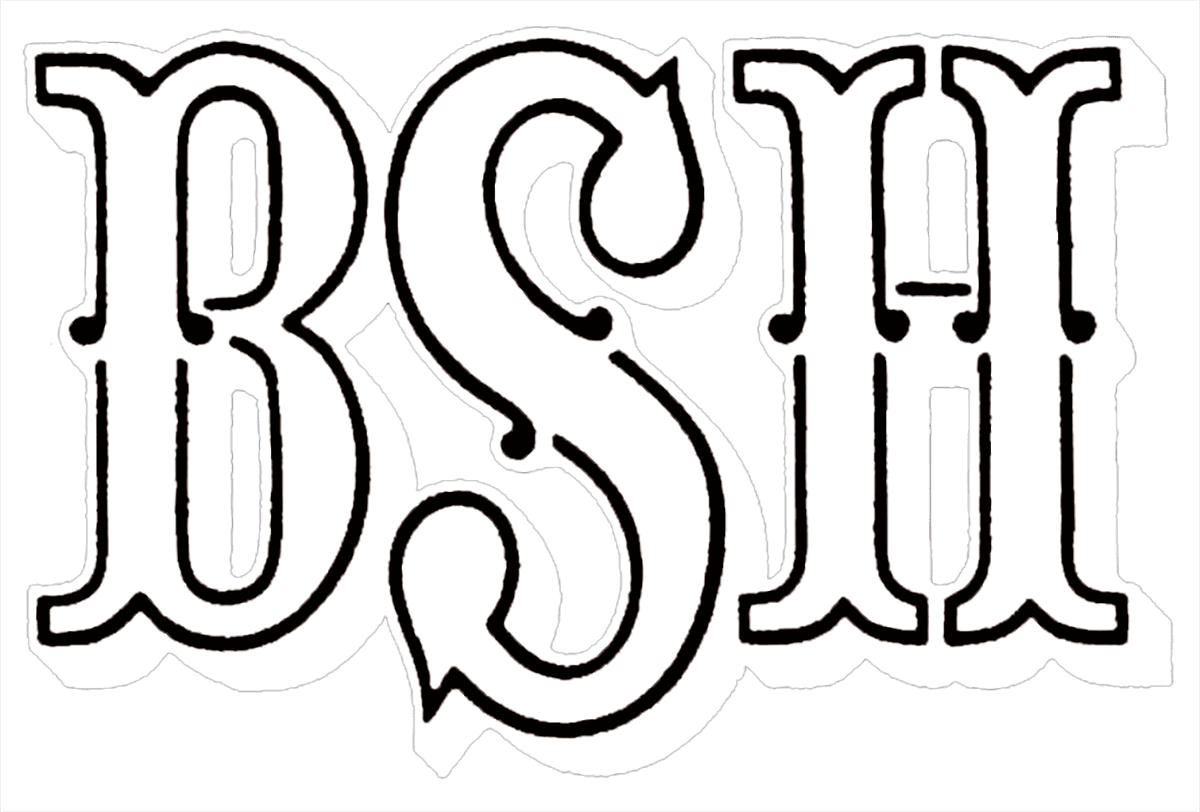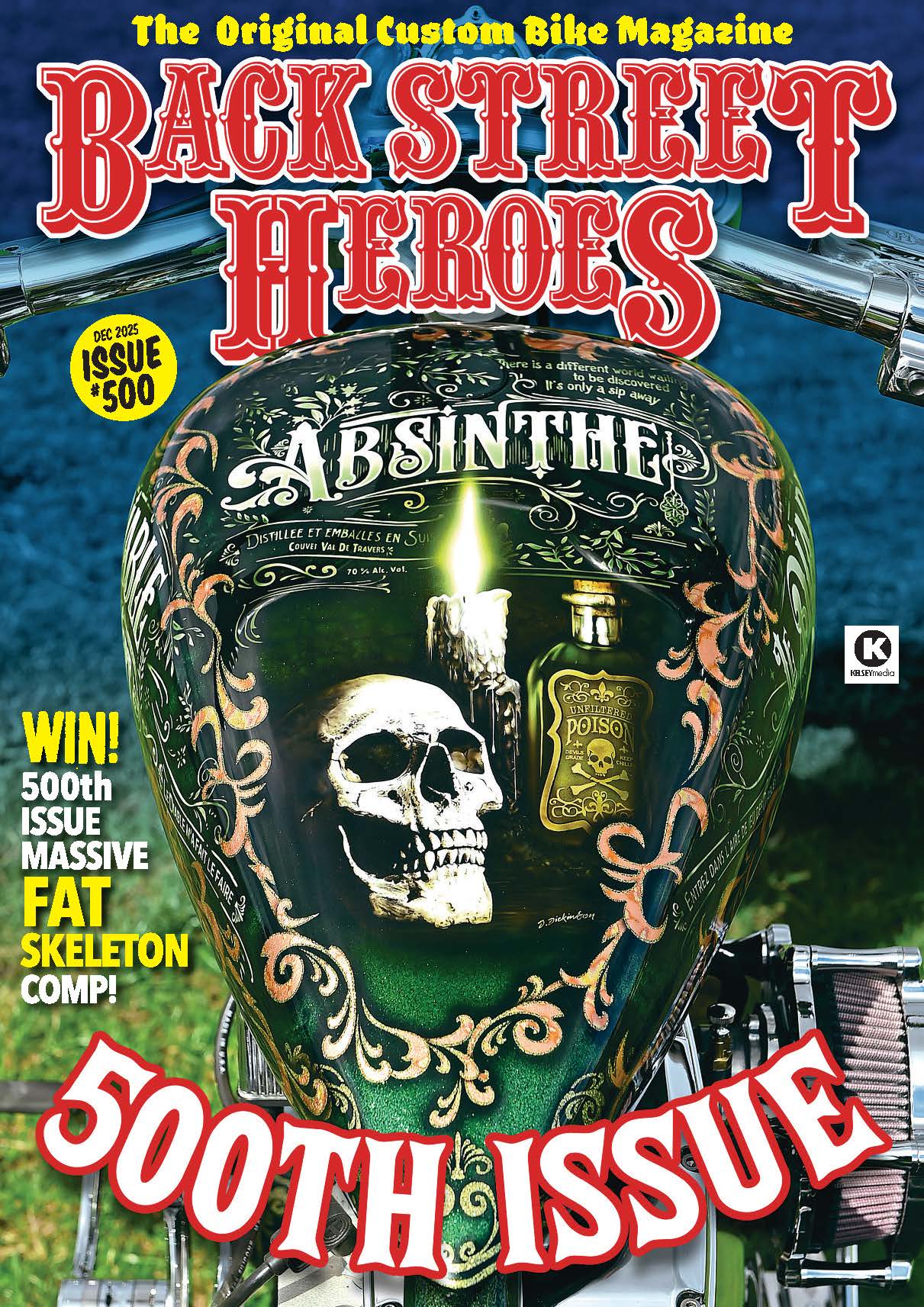The following tale is a little convoluted, a little bit of a translation from a guy who doesn’t have English as a first language, so please excuse me if things go a little awry here and there, okay?
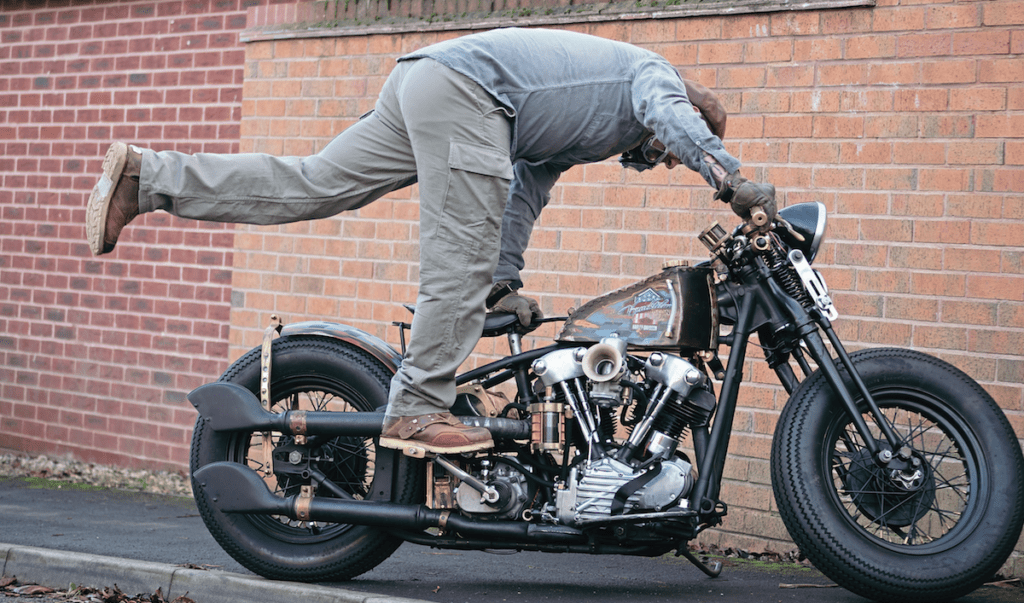
Words: Nik
Pics: Robert ‘Drake’ Kaczmarek
Enjoy more Back Street Heros reading in the monthly magazine.
Click here to subscribe & save.
Robert ‘Drake’ Kaczmarek was in the US a while ago, and went to a classic bike meet in Yosemite National Park (which, I’d imagine, is a lovely place to go for a normal ride, yet alone one on a cool classic bike). He saw a beautiful old Knucklehead Harley there and, fairly understandably, had the urge to buy it, but the owner didn’t really want to sell.
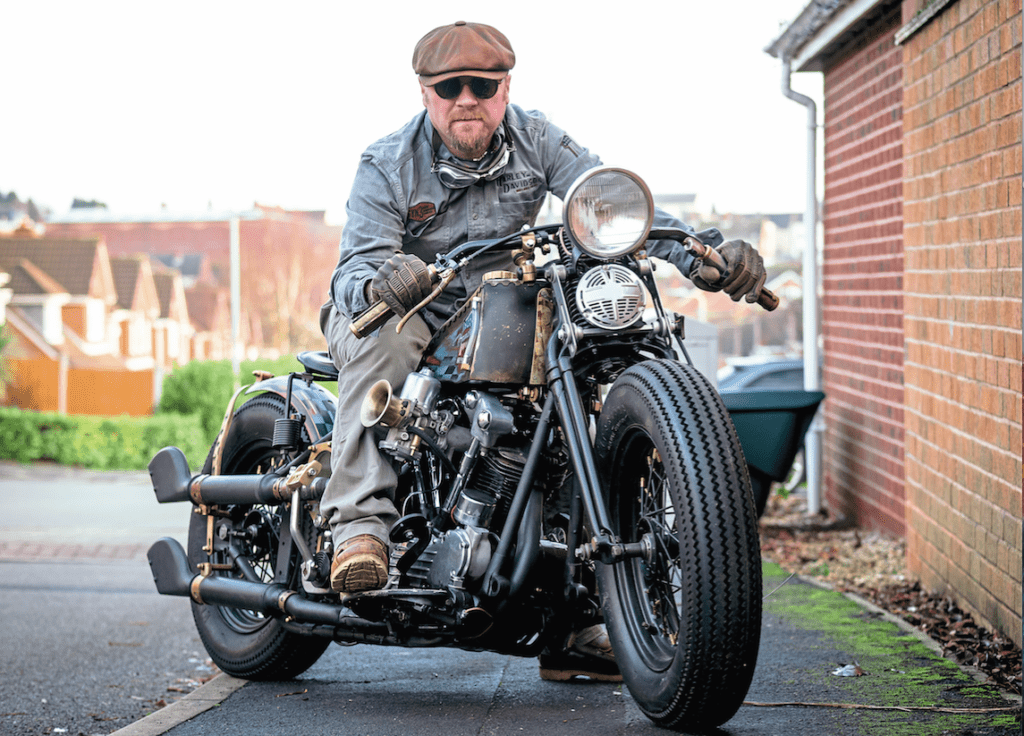
The day went on and darkness fell, as it does, and a lot of alcohol was consumed in a long and convivial evening, and in the morning his friends told him that he’d bought a Knucklehead from a guy in a neighbouring marquee. At first, he thought that this was some kind of joke as he had absolutely no recollection of doing so whatsoever but, after checking his wallet, which was now very, very empty, it turned out not to be – not at all.
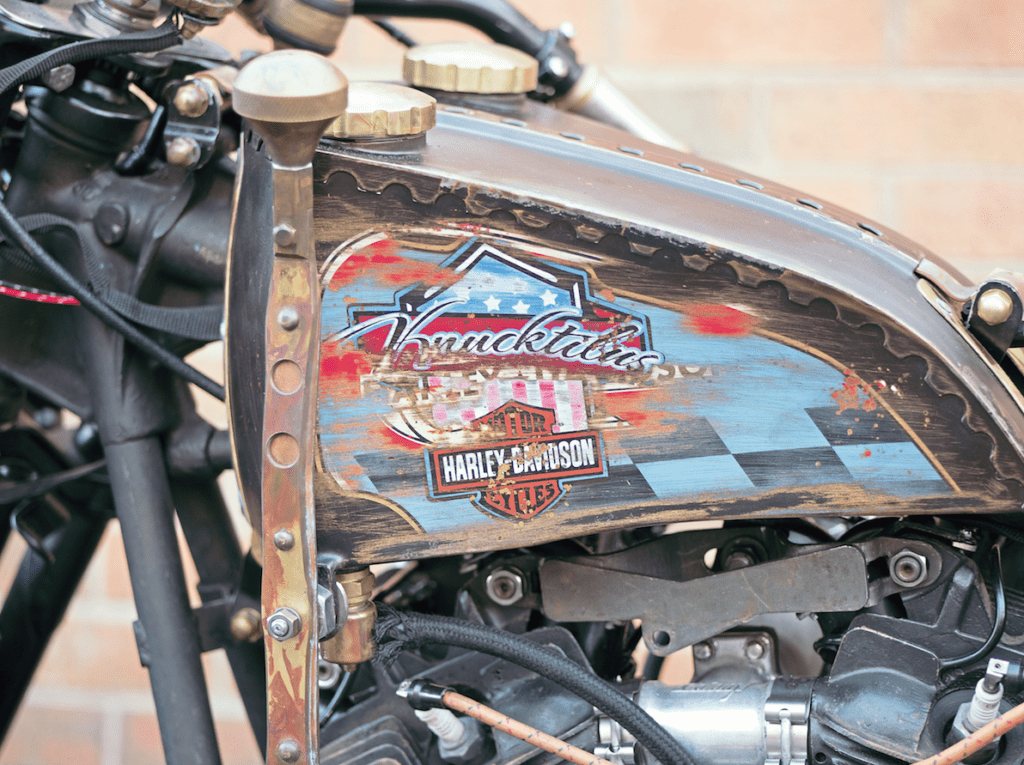
Somewhat taken aback, he went over to said neighbouring marquee and had a word with Mike, the guy he’d bought the bike off. It turns out that, as Mike’d spent all night telling him that he didn’t want to sell his Knuckle, Drake’d bought a Panhead off him instead. The bike was in Los Angeles, and it’d need to be collected from there, and so Drake arranged with a friend of his from San Francisco, just up the coast, to collect it for him, and ship it back to the UK, and, slightly sore-headed, made his plans to return to England.

That’s not the end of the tale though, oh no. On his way back, he had to go through the fabled LA X airport and, due to delays caused by one thing or another, he ended up being stranded in LA for 12 hours. Having half a day to kill, and not wanting to do a Hollywood tour, or something equally trite, he decided to visit Mike. After spending a couple of hours with him, Mike agreed to sell him a Knucklehead that he had on his shelves in a million and one (well, nearly) parts and, as you can probably imagine, Drake was quite pleased (although what happened with the original Pan purchase isn’t recorded… if you feel the need to find a home for it, Drake, please don’t hesitate to think of me, yeah?).
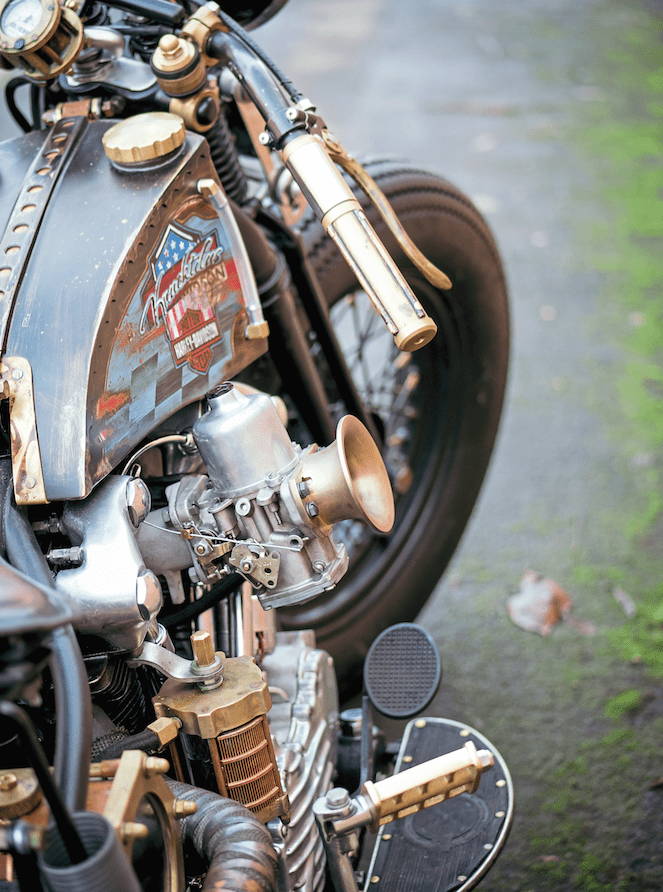
Some time later, a large quantity of elderly (1938!) Harley-Davidson parts were delivered to Drake’s garage back in Blighty and, after much examination and deliberation, he determined that rebuilding the old EL back to original specs’d be too costly because the bike had too many parts missing. He still wanted to get it back together though, and he wanted it to look old, so he decided to rebuild the bike in a manner that was both brand new and suitably old-time too – something that was a cross between what an old Knuck should look like and what it might’ve looked like had Messrs Davidson and Harley been more in touch with their Victorian side. Yep, that’s it, this old lady was going to get a suitably steampunk make-over…
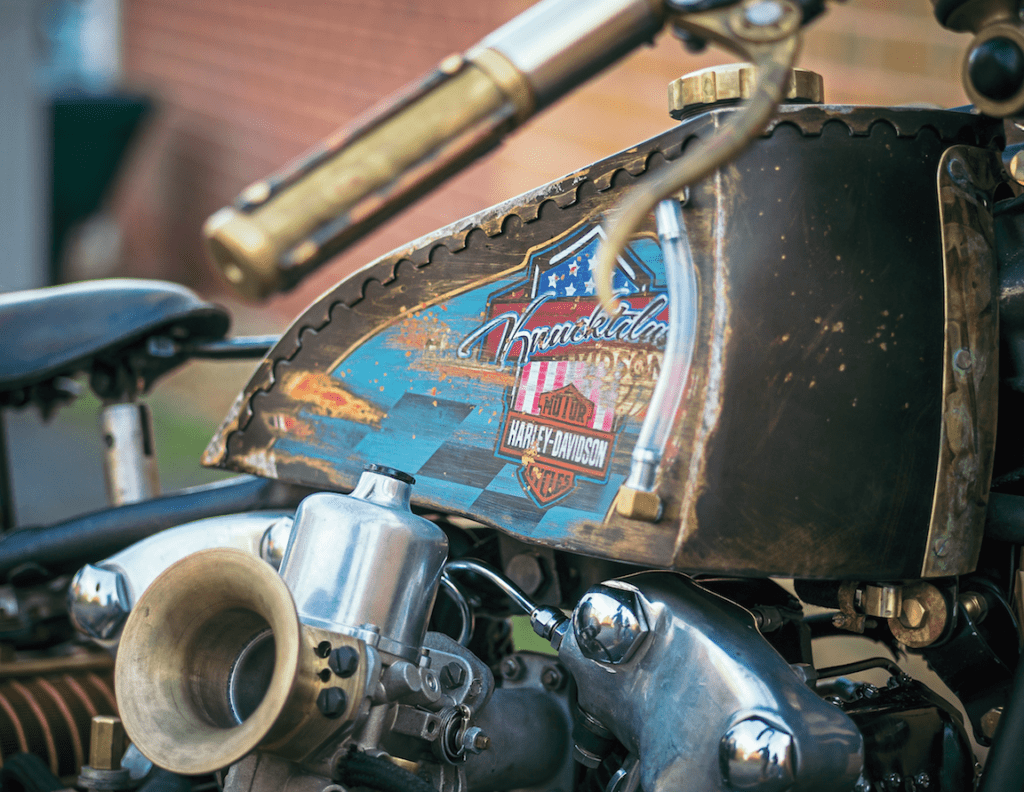
The first thing he created was the oil tank; a suitably gorgeous affair in brass and glass, and then, having access to quite lot of brass, and some copper too for good measure, he made a speedometer, a pair of handlebar grips, a remote oil filter, and the rear light (a very clever affair that is, basically, two brass rings connected by a tube that holds the light’s internal gubbins and the lens).
As you might’ve guessed from the pics hereabouts, he’s not really a fan of CNC machine-made parts; everything on the bike’s been created by hand and, afterwards, aged to look as though it’s been there forever. It’s worked too, don’t you think? The old Knuckle looks just that – old (which, of course, being a 1938 bike, it is), battered, careworn, and the result of many, many years on the road and in dusty garages across the US of A. It isn’t, of course, but it sure as hell looks like it, doesn’t it?

When it was time for him to make the fuel tank, he wanted something completely different. He based the shape on old flat-tankers of yore, fitting it with suitably olde-worlde brass details (like the mounting strap, and the fillers), and as he was welding it up, he came up with the idea of painting it twice, and scraping off the second layer of paint here and there so it revealed the first layer.

The task of doing this was given to a gentleman by the name of Piotr Parczewski, who says: “The process began with the delivery of the elements by Robert, who described his idea to me; two layers of custom paint, the first referencing the original paint that would’ve been on the bike, and the second as though the first’d been painted over at some point in its history and time and the miles’d worn through to the first layer. I found a Harley pattern from the years 1930-40, and decided that the original colour scheme’d be a combination of black and red for the graphics as they were much-used colours, along with the logo used in those years, and then dark brown, gold, white, red, black and turquoise with a chequerboard graphic to emphasise the sportiness of the design.

Then it was time for the most important element; ageing the paint – the top layer’s been wiped in many places, revealing the original paint underneath, giving the bike a unique character with an old look.”
